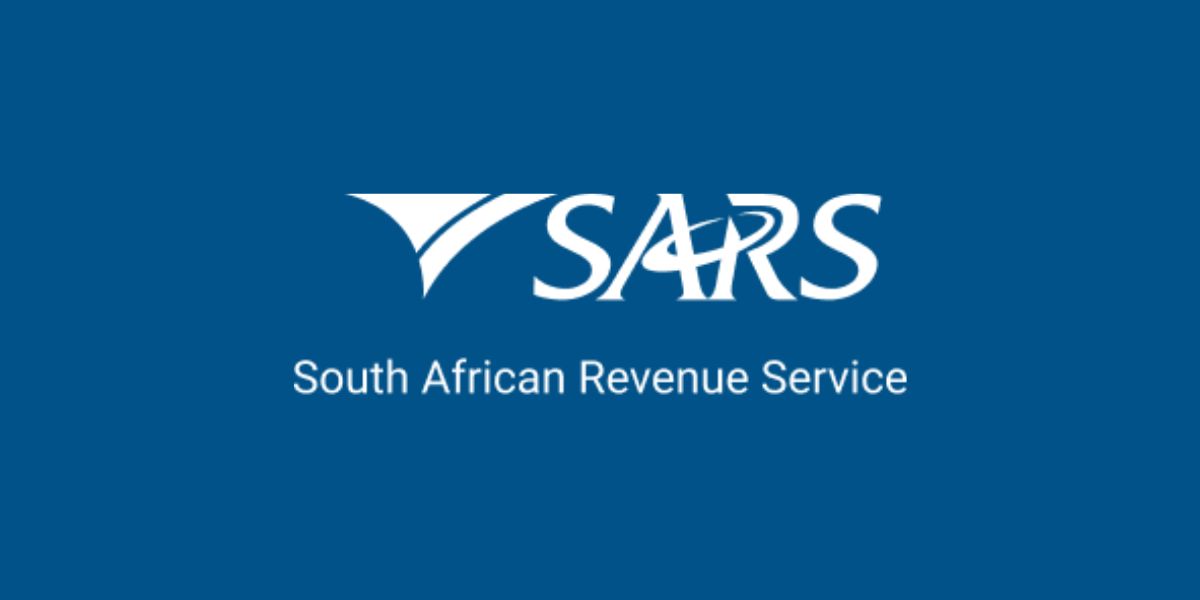The process of application for a tax ruling is sometimes seen by taxpayers as daunting and they may prefer not to embark on the procedure even though it can provide them with some certainty as to the outcome of planned transactions. There is sometimes a perception that a ruling would be difficult to obtain in practice. The South African Revenue Service (SARS) has now provided an update to how it processes applications within its Advance Tax Ruling (ATR) system on its website.
SARS’s ATR system is intended to promote clarity, consistency and certainty in respect of the interpretation and application of the tax laws to which it applies. Provided full and accurate disclosure of facts in connection with any proposed transaction has been made and that the transaction is actually carried out as described in the application, a ruling will be binding on the tax authority.
To apply for an ATR, a taxpayer firstly needs to be registered as an e-Filer on the SARS e-Filing system. Subsequently, the ATR process involves a number of steps, beginning with the submission, or filing, of an ATR application on the system and ending with a ruling letter, containing either a binding private ruling or a binding class ruling, issued by SARS’s ATR unit.
SARS has now provided a chart giving illustrating the process flow of an ATR application, beginning with the approval of an application, together with the payment of the appropriate fee – ZAR2,500 (USD242) from small and medium-sized enterprises, and ZAR14,000 for other taxpayers.
Once the online application is accepted, the taxpayer must sign and submit a letter of engagement. SARS will then estimate how much the production of a ruling will cost – from ZAR10,000-35,000 for standard cases to ZAR70,000-105,000 for complex examinations.
Once a draft ruling is available, the applicant has five days to accept the ruling, provide comments to SARS or withdraw the application. A final ruling will then be issued dependent on the applicant’s feedback.














